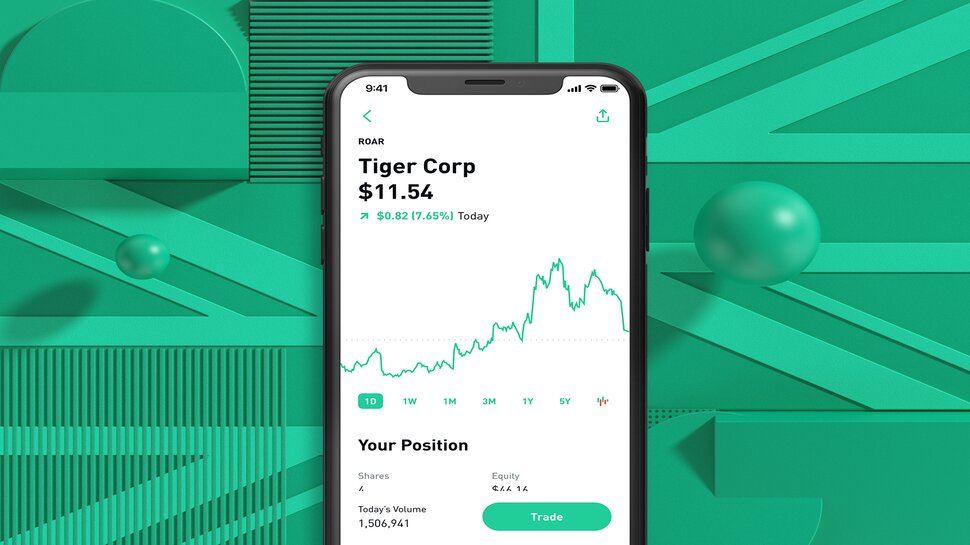Robinhood traders 'aren’t driving the stock market'
Robinhood trades don’t correlate with changes in the prices of S&P 500 stocks, study finds

For the past several months, financial analysts have pointed at retail traders on Robinhood to explain the stock market’s ups and downs. But new research from Ritholtz Wealth Management finds that the mobile trading app may not have much of an impact on the prices of the world’s biggest companies.
Analysts at the firm compared how many users were holding the 200 most popular stocks on Robinhood each day with their daily price changes.
They found that ‘there was little to no correlation between the one-day change in stock price and the one-day change in the number of Robinhood users holding them,’ according to Nick Maggiulli, COO of Ritholtz Wealth Management.
- Coronavirus stimulus checks were used to buy stocks
- Read our full Robinhood review
- Robinhood’s boom has created a windfall for market makers
Robinhood trades
The finding that retail traders on Robinhood aren’t driving changes in the US stock market makes sense. Despite having more than 13 million users, Robinhood remains a relatively small player in the overall market. According to JMP Securities, the total amount traded through the platform is just $65 billion. Amazon, by comparison, has $1.74 trillion in stock.
While the new study found no correlation between Robinhood trading and S&P 500 companies, the price movements of some smaller stocks were highly correlated with trading activity on Robinhood.
For example, Kodak, Hertz, and Moderna shares all experienced sharp price changes that were closely tied to how many Robinhood users held them on any given day.
That reflects what may be Robinhood’s more substantial impact on the US stock market.
Sign up to the TechRadar Pro newsletter to get all the top news, opinion, features and guidance your business needs to succeed!
"Popularity on Robinhood is not predictive of price changes, but it is predictive of what will make the headlines," says Maggiulli. As Robinhood continues to dominate the headlines, smaller stocks that receive a firehose of attention from traders on the app could be in for a wild ride.
- Find the best stock trading platform
Michael Graw is a freelance journalist and photographer based in Bellingham, Washington. His interests span a wide range from business technology to finance to creative media, with a focus on new technology and emerging trends. Michael's work has been published in TechRadar, Tom's Guide, Business Insider, Fast Company, Salon, and Harvard Business Review.
